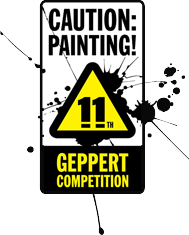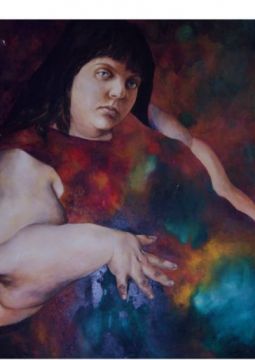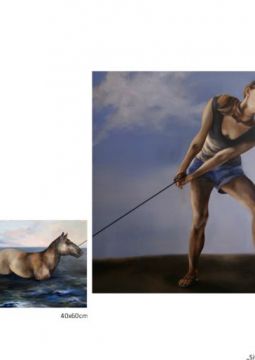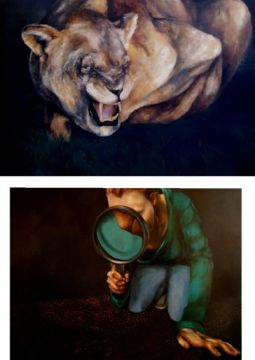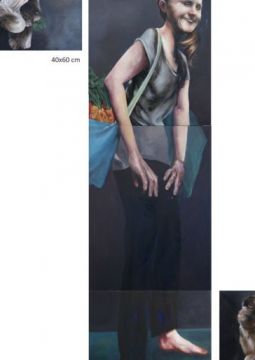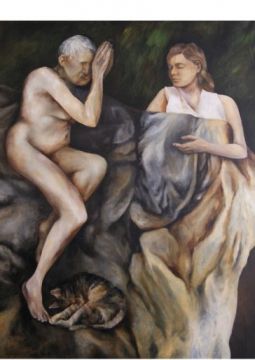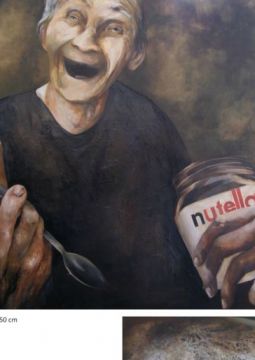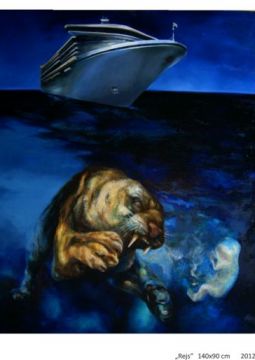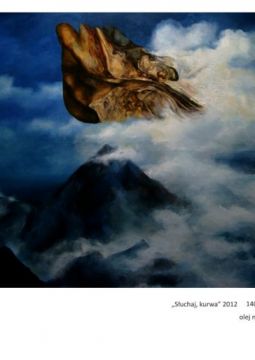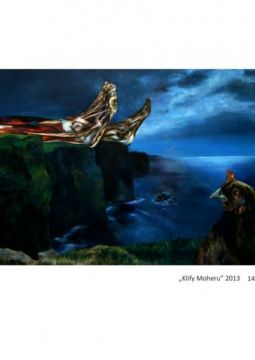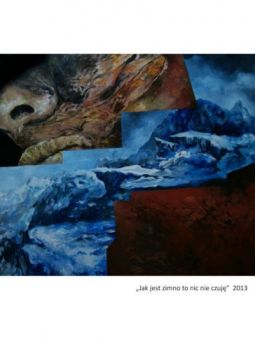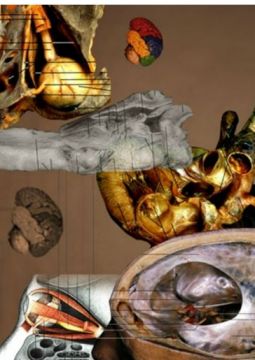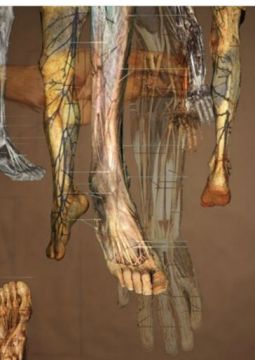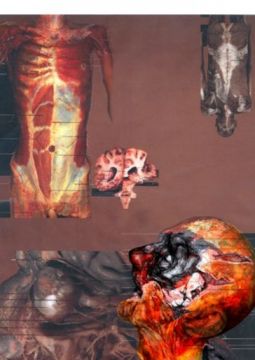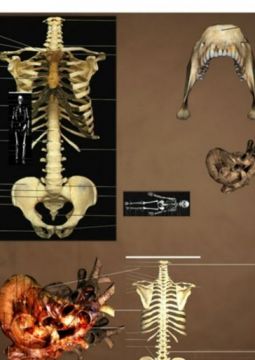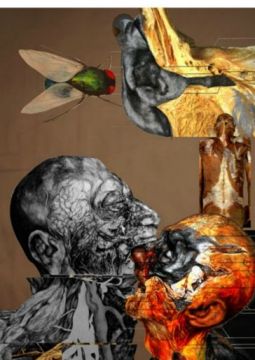Małgorzata Bednarczuk
Born in 1984 in Racibórz, currently living and painting in Gliwice. Works at the Secondary School of Visual Arts in Wodzisław Śląski.
I was twice the promoter of Małgorzata Bednarczuk’s diploma works: first her BA at the PWSZ Institute of Art in Racibórz in 2008, and then – after the five-year painting studies at Katowice’s Academy of Fine Arts – her MA diploma, which she received with honours.
Her artistic preferences stood well apart from the mainstream of “critical still life”. She was not interested in current social affairs, the Holocaust or greenhouse effect. She did not build installations or make videos. She painted and drew, and did it will full attention to technical artistry, in the spirit of the now-forgotten belle peinture.
In the times of omnipresent thoughtlessness and mediocrity elevated to the status of artistic events, her solicitude and pursuit of painting mastery appears heroic. Resisting the matter, which seems the antithesis of creative freedom, in her case resulted in a suggestive image of an artist offering a clearly recognizable, original style (despite possible, tempting comparisons with surrealism, symbolism, or more generally – metaphor art).
The author’s acknowledgement of the fact that it is precisely the painstakingly hard work and overcoming her own limitations which validate her art has not, for instance, allowed her to use a projector or other optical devices in creating her compositions. That would undoubtedly deprive her works of their uniqueness, making them similar to those produced by hundreds of painters laboriously but pointlessly copying photographs.
Also, I would like to reject any possible attempts to classify Małgorzata Bednarczuk as a post-modernist artist. Despite a substantial amount of irony in her paintings, she does not cynically quote the noble creative manner but rather refers to the autobiographical motifs in her canvases (even though she protests when people attempt to classify her artworks as “painting diaries”). It is true, however, that one of the reasons why many of her works were created was the memory of a past trauma (like the flood she saw in Racibórz as a child), the image expressed in paintings in the form of archetypes.
Because Małgorzata Bednarczuk tells stories in her paintings, she sometimes uses the “comic strip” method of complementing the main picture with smaller satellite pictures, as if adding the central message, creating quasi-polyptychs without physically connecting canvases (presenting them next to each other instead, thus stressing the fact that the point is the message they carry more than visual impression).
In turn, Małgorzata Bednarczuk’s drawings do not contain transcendental messages, they are manifestations of the author’s virtuosity and play with convention, which is more than enough to ennoble her. Suffice it to say she was a finalist of the 3rd Bangkok Triennale International Print and Drawing Exhibition – a world-renown event she qualified for in 2011 when still a student.
It seems that appreciating the type of approach described above will allow us to see the work of art return to the aesthetic category which has been recently (for some obscure reason) replaced by sociology. Let me stress here that I do not mean the technical skill validating young artists by referring them to an existing pattern, but the struggle with resistant matter itself, extracting a shape from the shapeless, aiming at creating forms which are most commensurate with the assumed idea. In the times of expansion of art which avoids any effort, created by amateurs and enthusiasts for lazy snobs and pseudo-experts, reminding what “beauty” is – or at least “expression” – would be a new opening.
Kazimierz Cieślik
